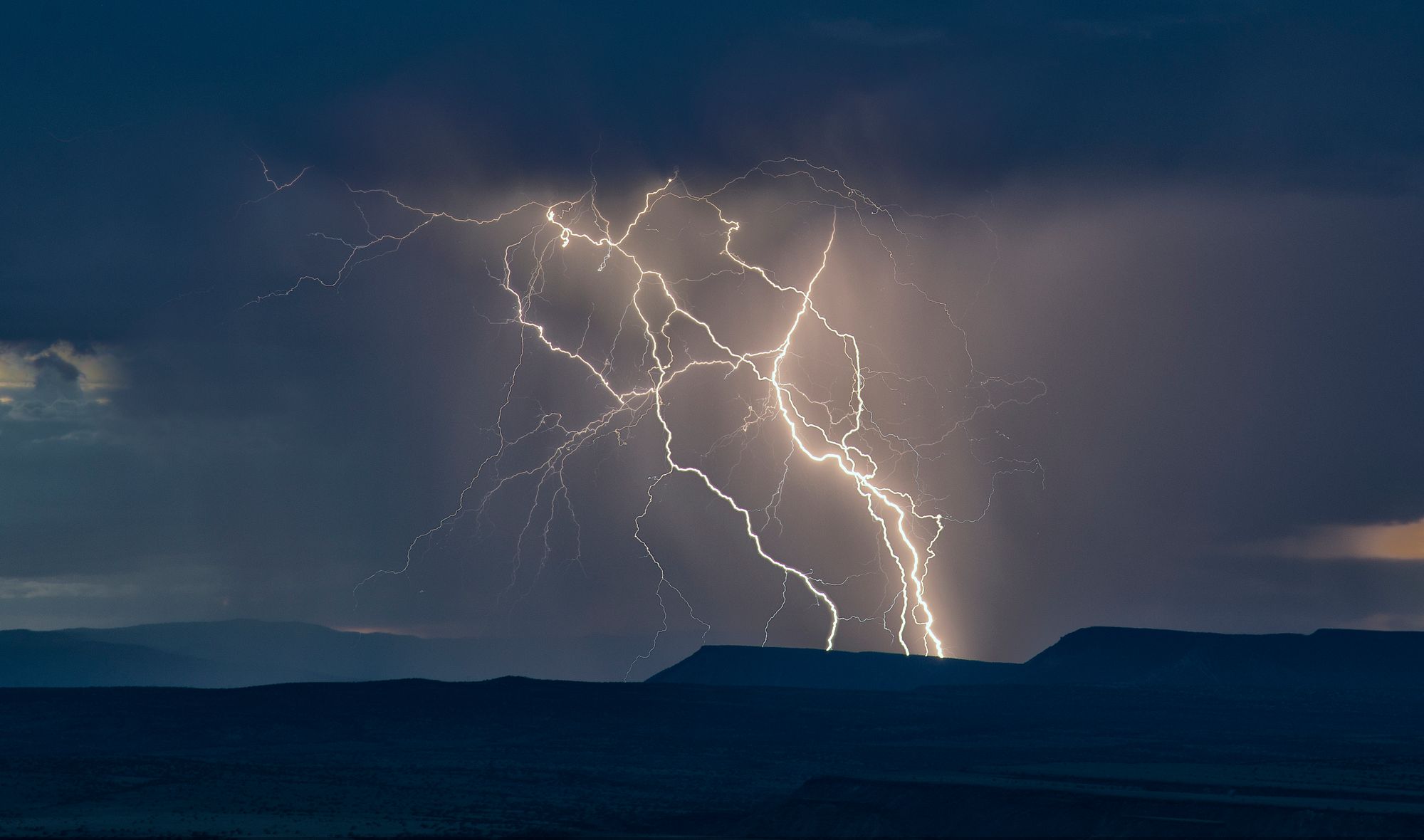It’s hard to think of a more quintessential Floridian animal than the American alligator, Alligator mississippiensis. It’s our state reptile, the mascot for the University of Florida, and one of the great endangered species restoration success stories. Habitat loss and overhunting devastated alligator populations throughout the first half of the 20th century. Protection under the Endangered Species Act allowed for the full recovery of the species by 1987. Now, when people ask me about gators in ponds, I respond with what I personally call the ‘Florida gator rule of thumb’: if there is a body of fresh water large enough for an alligator to be submerged in, assume that there is a least one in residence.
That fact can unnerve some people, as individual alligators can grow to be quite large and intimidating. Keep in mind that unprovoked serious alligator attacks are extraordinarily rare (on average 8 per year in Florida that require professional medical treatment). That’s part of why it’s such big news when it does happen. Your chances of being bitten by an alligator here are less than 1 in 3 million (which, by the way is almost three times less likely than your chances of being struck by lightning in a given year).

Alligators are much more beneficial to us than harmful. I’ve already mentioned in an earlier post how they reshape wetland habitat during the dry season. So how does this important apex predator deal with the disruption of a hurricane?
Just Stay Put
Alligators are well-adapted to an aquatic environment. Their eyes have a nictitating membrane, a clear covering that protects the eye while underwater. Their nostrils automatically close when submerged and a flap of skin in the back of the mouth prevents water from entering the throat or lungs. This means that their mouths can remain open underwater without drowning. While they do need to breathe air, they can remain submerged for several hours at a time while at rest.
Because of all of these adaptations, an alligator can simply find a place to hunker down, out of the way, and wait for a storm to pass through. Tracking of several individuals both before and after Hurricane Irma indicated that several did not even alter their normal routines before the storm and a few showed no changes in movement even afterwards.
What about saltwater intrusion? While they are, generally speaking, a freshwater species, alligators can tolerate an increase in water salinity, in part because they don’t have to spend all of their time in the water. In fact, their prey items, including freshwater fish, are much more vulnerable to such shifts. And while a decrease in prey availability might have some impact, the gators are mobile enough that they can move to where the hunting is better. Anecdotally, this may have happened after Ian at a pond system I visit frequently. Previously, there had usually been one or two individual alligators in these interconnected bodies of water, but after the storm, as many as half a dozen different gators could be spotted at one time.
The only true vulnerability for the American alligator is similar to the problems faced by other nesting reptiles. Nesting season here in Florida coincides with the start of hurricane season. An alligator nest can get washed out and hatchlings are so small they are less able to protect themselves from the various perils of the storm itself.
In A While, Crocodile
Of course, keep in mind that we have two different species of crocodilians here in Florida. In addition to the ubiquitous American alligator, we also have the much more rare American crocodile, Crocodylus acutus.

This mainly brackish water relative of the alligator is only found in the coastal areas of southern Florida (as well as the Caribbean islands and the coasts of central and northern South America). Because of its much more limited habitat, the species has not recovered to the level of the alligator and is still considered threatened.
However, for all their differences, their response to a hurricane is nearly identical. Crocodiles stay put and ride out the storm. Much like alligators, nests and hatchlings are much more vulnerable than adults. However, because of their smaller numbers, the potential negative impact of losing a large number of these is much greater. Alligator populations will not suffer even if many nests get washed out. Crocodile populations are not as robust. In addition, both species build their nests near the water’s edge (to make the first trip to the water easier for the hatchlings), but while an alligator nest near a pond won’t experience many waves, a crocodile nest on the beach will.
Conclusions
Crocodilians are a resilient taxonomic group in general. There are only 28 living species, though a large variety of extinct variations have existed since approximately 250 million years ago. Their general body plan contains numerous highly successful adaptations that have carried over from fossil forms to the modern day. Because of this long history of success, it should not come as a surprise that the two species we have in Florida can weather hurricanes so well.
Next time, we’ll wrap up ‘Winds of Change’ with a broad overview of the various different plants and animals we’ve covered and come up with a succinct summary to the question that started this whole series: what happens to the wildlife during a hurricane?